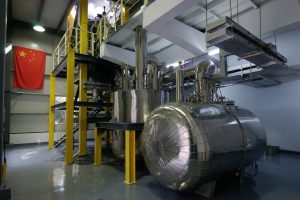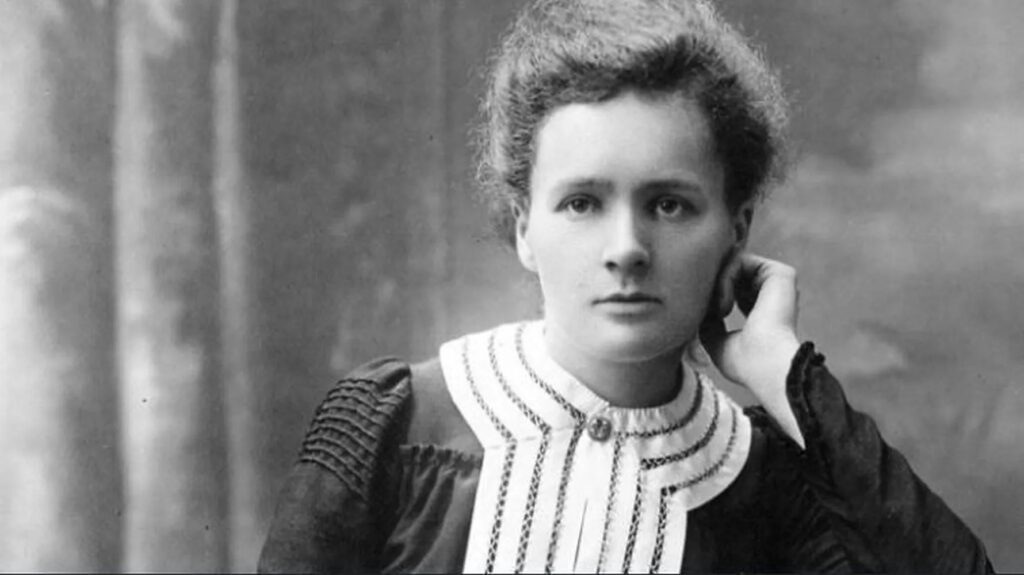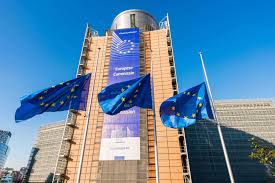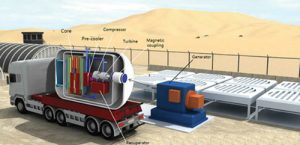Managing the impacts of COVID-19 on all areas of nuclear industry operations
In many countries operations in different parts of the nuclear industry are, at present, continuing. However, depending on the situation with COVID-19 where they are located, operations not vital to ensuring the continued operation of nuclear power plants may be reduced or stopped.
Mining
Kazatomprom, Kazakhstan’s state-owned uranium production company – which produced 40% of the world’s primary uranium in 2018 – has announced that it will draw on its existing inventory of uranium should its mining operations be affected. Its uranium mining sites are primarily in remote areas in the southern regions of Kazakhstan and to date the pandemic has had no impact on its operations. However, the remoteness of those sites requires that production, maintenance, catering and support staff stay on site and live in close quarters while at work. COVID-19 could pose a significant health and safety concern if an outbreak were to occur in such a setting.
At the Cigar Lake uranium mine in northern Saskatchewan, Canada, production is being temporarily suspended and the facility in being placed in safe care and maintenance mode during the COVID-19 pandemic. This will reduce the workforce on site from around 300 to 35, enabling improved physical distancing and enhanced safety precautions. In addition, production is being suspended at the McClean Lake uranium mill, where ore from Cigar Lake is normally processed.
Reactor Operations
At the Bruce nuclear power plant activities on the the Major Component Replacement project, which will extend the operating life of the plant, have been narrowed to essential tasks to allow Bruce Power to focus on generating electricity and production of cobalt-60 for medical sterilization.
The reduction in industrial and other activity in countries taking countermeasures against COVID-19 is reducing overall electricity demand. In China some reactors reduced their power output according to the requirements of the grid. As countermeasures are gradually lifted plants are returning to full power.
The Ascó I nuclear plant in Tarragona and Almaraz I in Cáceres, Spain, have announced the rescheduling of their outages for fuel loading.
Construction
Activities on construction sites are being reduced or stopped and new working practices introduced. At the Hinkley Point C plant under construction in the UK staff numbers have been reduced by more than half and will be reduced further as work in progress is completed.
Continuation of work at Rosatom’s overseas construction projects are guided by the recommendations of the disease control services and governments of the respective countries in which construction is taking place.
Work was halted on some reactors under construction in China in response to the COVID-19 virus. As work gradually resumes, countermeasures are being introduced for the employees returning to site.
Waste Management and Decommissioning
At the Sellafield site in Cumbria, UK, the Magnox reprocessing plant has been closed down as a precaution to better prepare it for restart. The Magnox reprocessing plant treats fuel that was used in the UK Magnox reactors, the first generation of reactors used in the country. These reactors were already closed having reached the end of their operational life, and the Magnox reprocessing plant was already due to close in 2020, so this will have no impact on the operation of the UK’s AGR and PWR reactors. In the north-west of France operations at the La Hague reprocessing plant have also been suspended.
Regulation
A number of inspectors from UK’s regulator, ONR, will continue to travel to sites where required but as much business as possible will be carried out by phone, email and Skype. France’s regulator, ASN, is removing non-essential direct physical contact to limit the spread of the virus and giving priority to the control of operating facilities.
Nuclear technology to help combat COVID-19
Nuclear technologies have medical applications that will help combat COVID-19. The International Atomic Energy Agency (IAEA) is providing diagnostic kits, equipment and training in nuclear-derived detection techniques to countries asking for assistance in tackling the worldwide spread of the novel coronavirus causing COVID-19. The assistance, requested by 14 countries in Africa, Asia, Latin America and the Caribbean, is part of intensified global efforts to contain infections.
In China, industrial irradiation facilities were made available for the treatment of medical supplies, not only to destroy the coronavirus, but also to disinfect and sterilize medical supplies to remove any other virus or bacteria.
In addition, maintaining the operation of reactors used for the preparation of medical isotopes will allow for the continued use of these vital materials for the diagnosis and treatment of other illnesses.








 Thorium reactors
Thorium reactors
 The strategy says that between 2020 and 2024 the European Commission will support the installation of at least 6 GW of renewable hydrogen electrolysers in the EU, and the production of up to 1 million tonnes of renewable hydrogen. From 2025 to 2030, there needs to be at least 40 GW of renewable hydrogen electrolysers and the production of up to 10 million tonnes of renewable hydrogen in the EU. From 2030 to 2050, renewable hydrogen technologies should reach maturity and be deployed at large scale across all hard-to-decarbonise sectors, it says.
The strategy says that between 2020 and 2024 the European Commission will support the installation of at least 6 GW of renewable hydrogen electrolysers in the EU, and the production of up to 1 million tonnes of renewable hydrogen. From 2025 to 2030, there needs to be at least 40 GW of renewable hydrogen electrolysers and the production of up to 10 million tonnes of renewable hydrogen in the EU. From 2030 to 2050, renewable hydrogen technologies should reach maturity and be deployed at large scale across all hard-to-decarbonise sectors, it says. The IAEA said it had launched the project in response to increased interest in SMRs, noting that multiple SMR projects are currently under development (involving about 50 designs and concepts) and at varying technology readiness levels. Their costs and delivery times need to be adequately estimated, analysed and optimised, it said. Specific business models have to be developed to address the market’s needs and expectations. The market itself should be large enough to sustain demand for components and industrial support services. However, the economic impact of SMR development and deployment must be quantified and communicated to gain societal support, it said.
The IAEA said it had launched the project in response to increased interest in SMRs, noting that multiple SMR projects are currently under development (involving about 50 designs and concepts) and at varying technology readiness levels. Their costs and delivery times need to be adequately estimated, analysed and optimised, it said. Specific business models have to be developed to address the market’s needs and expectations. The market itself should be large enough to sustain demand for components and industrial support services. However, the economic impact of SMR development and deployment must be quantified and communicated to gain societal support, it said.